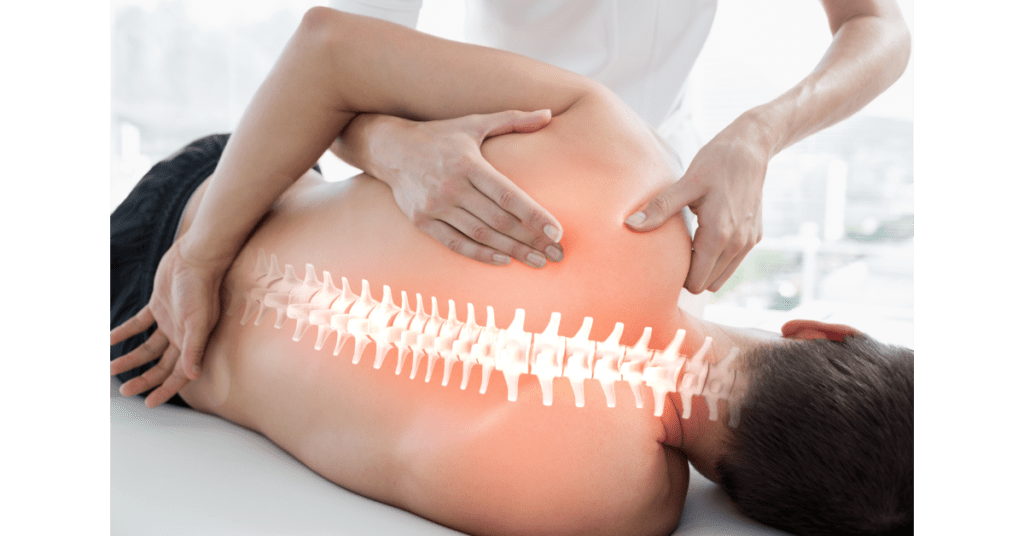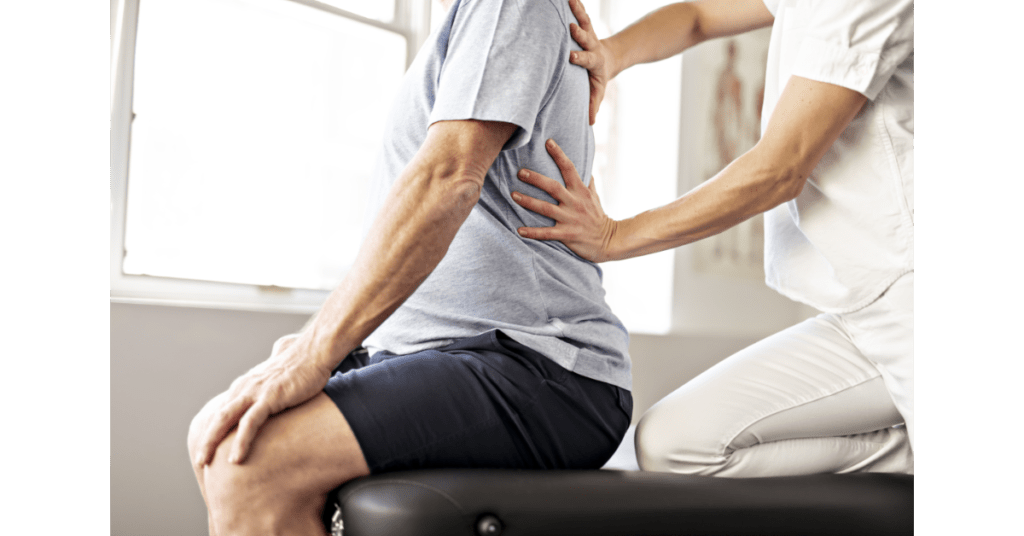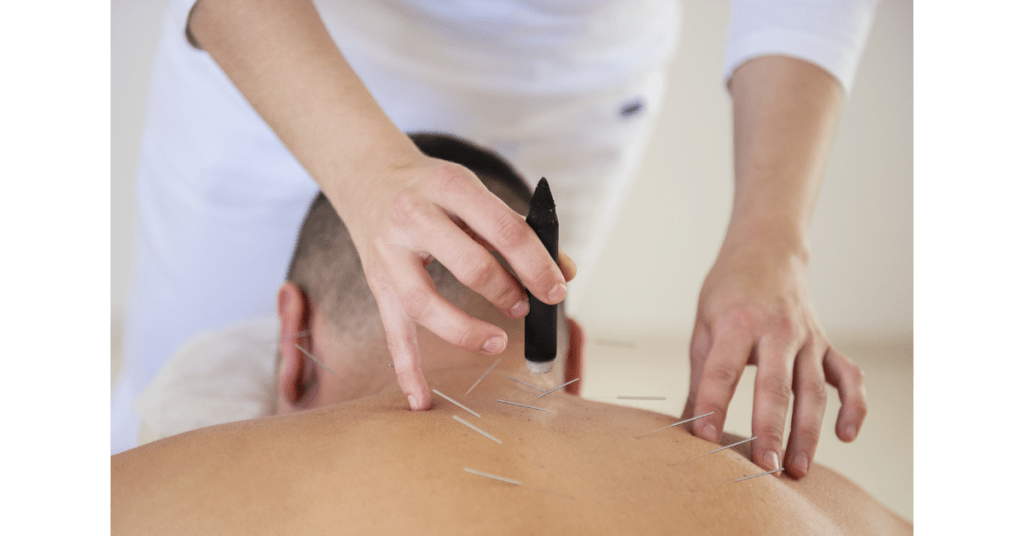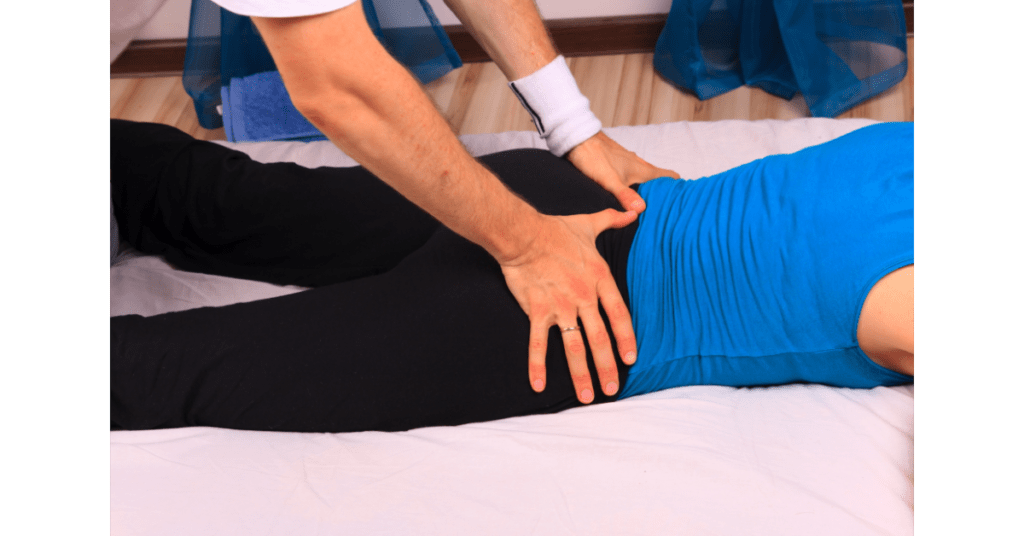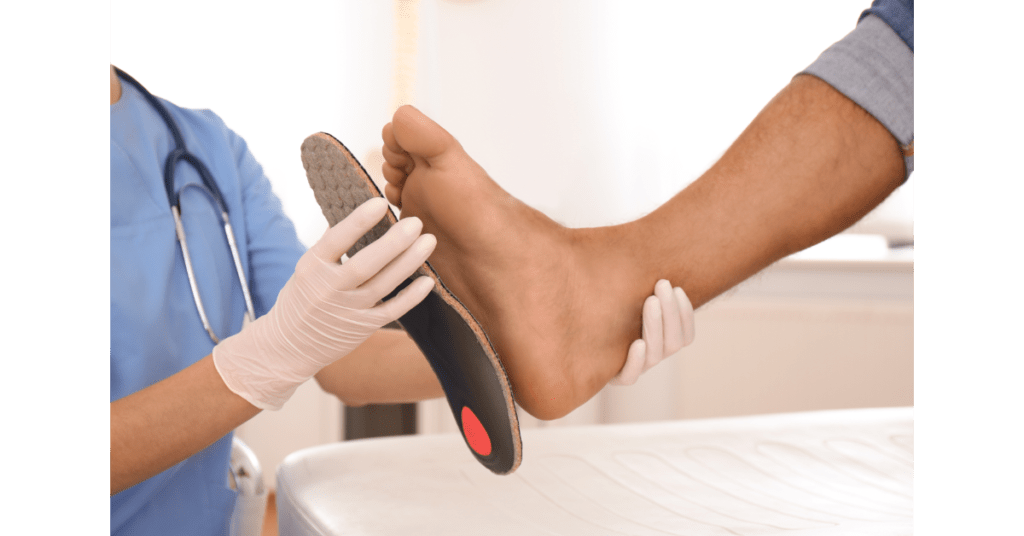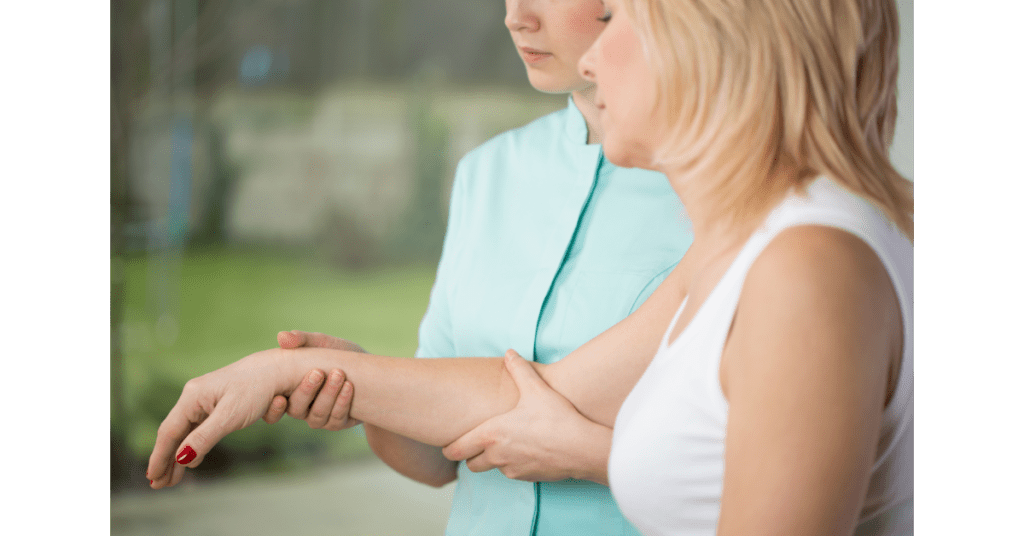What is Trigger Finger?
The inflammation and thickening of tendon sheaths, the tunnel-like structures that hold the tendons to the bone in the fingers and thumb are known as Trigger Finger. If this is not treated, the tendon may also get inflamed and develop a nodule. As a result of this, the tendon can no longer slide through the sheath smoothly when bending the affected finger, creating a catching or popping sensation, particularly when the nodule passes through the sheath.
Where Can You Get Trigger Finger?
Trigger finger can occur in one or more fingers, including the thumbs.
What Causes Trigger Finger?
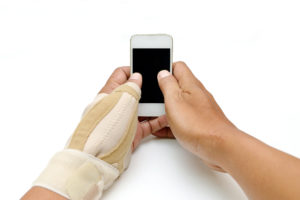
There is no consensus about the precise cause of the trigger finger. However, few activities can increase the chances of developing it, like repetitive movements due to Hobbies, Occupation, Chronic conditions, Gender, and age. Hobbies like gripping or holding a small tool for long periods of time, or repetitive hand use (like playing an instrument), writing by hand, gaming or rocking, climbing. Jobs requiring extensive or forceful hand use like long-distance truck driving, farming, and industrial workers. Chronic conditions like diabetes, rheumatoid arthritis, or gout can increase the chances of developing a trigger finger. Trigger finger is more common in women and in people between 40 to 60 years. Trigger finger surgery is a known complication like carpal tunnel syndrome surgery.
What are the Signs and Symptoms of Trigger Finger?
In a normal hand, tendons smoothly glide through the sheaths to the fingers to straighten and bend them. When tendons or sheaths get inflamed from the trigger finger, the tendon is unable to slide through the sheath smoothly when bending the affected finger. Trigger finger is also known as stenosing tenosynovitis or trigger thumb. Common symptoms of trigger finger are stiff painful digits that feel like they’re locking or catching when bent. Trigger finger is a progressive condition and can worsen if it is not treated. The usual symptoms are Painless clicking, popping or a catching sensation when bending the fingers or thumbs, Stiffness and swelling (particularly in the morning), Inability to fully bend or extend the affected digit Finger or thumb gets locked in a flexed position, A painful, tender bump on the palm (known as a nodule) at the base of the affected thumb, Pain that radiates to the palm, A popping, snapping or clicking sensation when you move your thumb, Your fingers or thumbs catch or lock in a bent position, then suddenly goes straight, Your thumb locks in a bent position, and you can’t straighten it, Pain when you bend or straighten your thumb that improves with movement and gets worse with rest.
Are you looking for physiotherapy or a chiropractor? Book an assessment today at EAST (Scarborough) 3630 Lawrence Ave E, Scarborough, ON M1G 1P6 or 200 Marycroft Ave UNIT 6, Woodbridge, ON L4L 5X9, Canada.
How is Trigger Finger Treated?
There are several treatments for trigger finger and trigger thumb depending on the severity. Both non-invasive treatments, and surgery, are common. For example, you can Rest Your Hand, Avoid activities that require holding small tools, or forceful use of the fingers/thumbs, or vibrating machinery. A hand therapist can assess and fit a splint to keep the affected digit straight while you sleep. Physiotherapy aims at reducing swelling and improving the movement of the digits with gentle stretching exercises and other modalities. Medication such as Non-steroidal anti-inflammatory drugs (NSAIDs) like ibuprofen (Advil, Motrin IB), acetaminophen or naproxen (Aleve) can help reduce pain and swelling. Multiple Steroid Injections or Cortisone can be injected into the tendon sheath to help the tendon glide smoothly and reduce inflammation.
Surgery (known as “tenolysis” or “trigger finger release), will release the sheath that stops the tendon from gliding. Physiotherapy consisting of a non-invasive, drug-free, and natural treatment method for trigger finger and trigger thumb, can be effective up to 80%.
A physiotherapist will assess the affected finger or thumb and create a custom treatment plan and include one of the following procedures. Therapeutic ultrasound to reduce pain and help break down scar tissue, Soft tissue work to break down scar tissue, Massage therapy to increase blood flow, Stretches and exercises to improve range of motion, Tendon gliding exercises to reduce pain and improve movement, Patient education and activity modification to ease symptoms and Rest and avoidance of repetitive gripping until symptoms improve.
Does Trigger Finger Go Away On Its Own?
Yes, and no. Mild cases of trigger finger and trigger thumb can improve if you avoid activities that aggravate the condition. It is best to avoid activities that require holding or gripping objects for long periods of time until the symptoms improve. Since trigger finger and trigger thumb are progressive conditions, seeking care sooner can prevent the progression of the condition that may necessitate surgery later.
Can You Prevent Trigger Finger?
If you are prone to a higher risk of developing a trigger finger, it will help to take frequent breaks from activities that put forceful pressure on the hands, holding small tools, or using vibrating hand-held machinery.
At our clinic we use advance machines to reduce inflammation in the joints of the hand such as laser, shockwave and Tecar therapy with exercises for a quicker revery.

